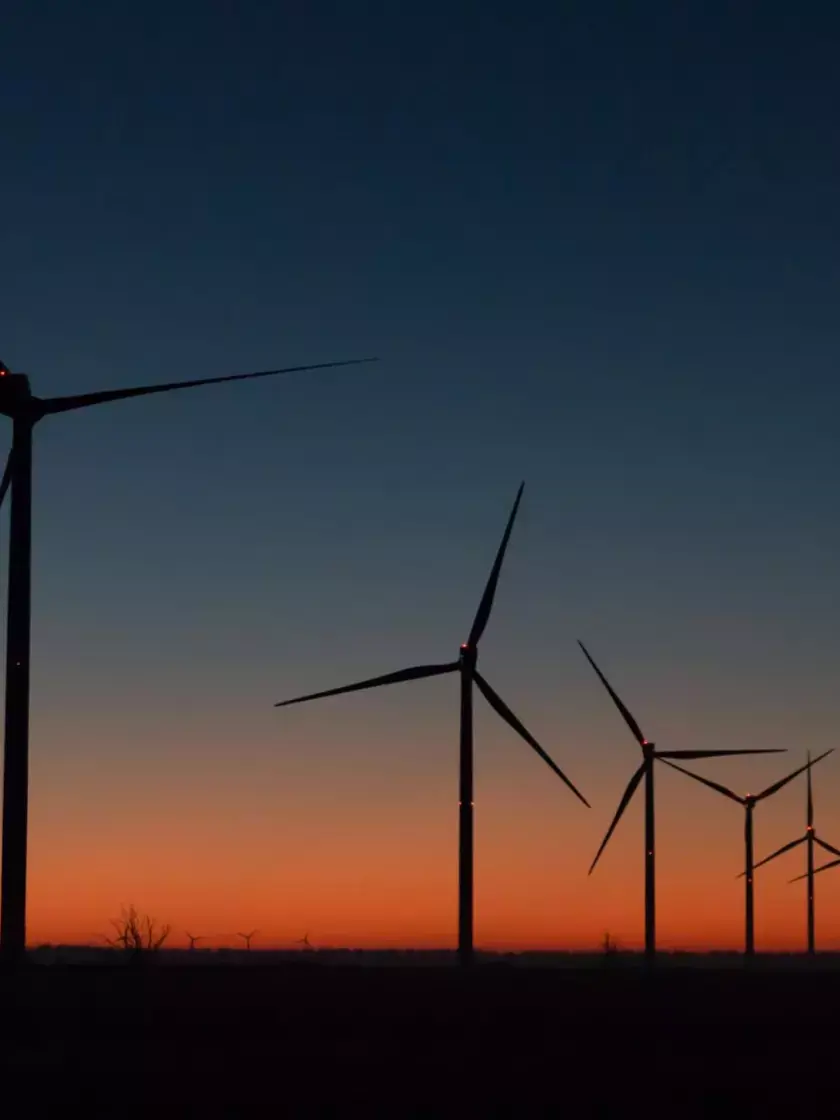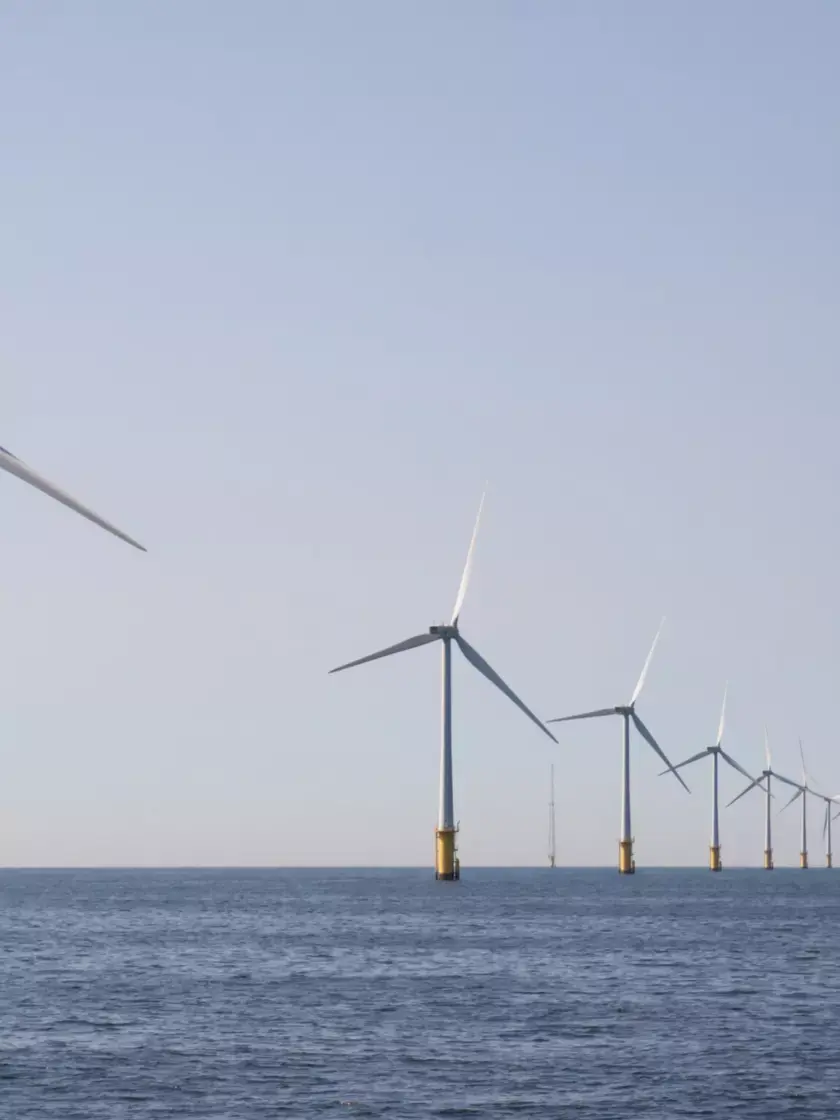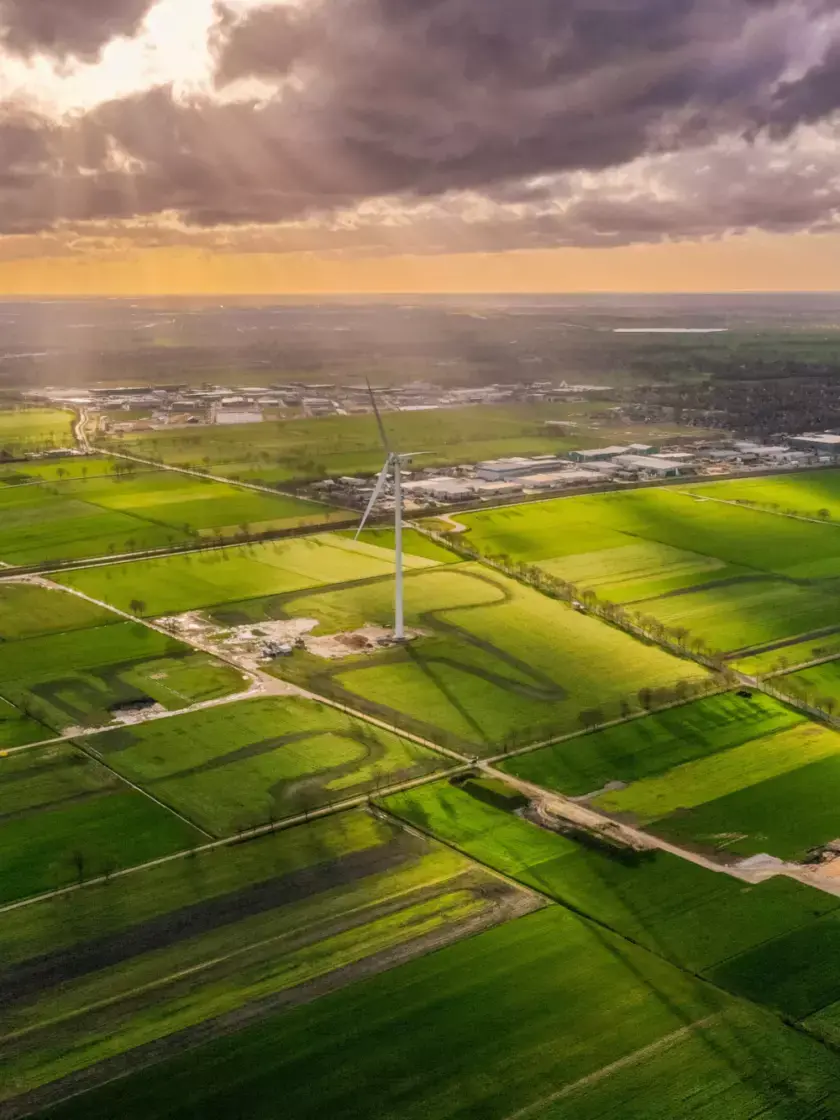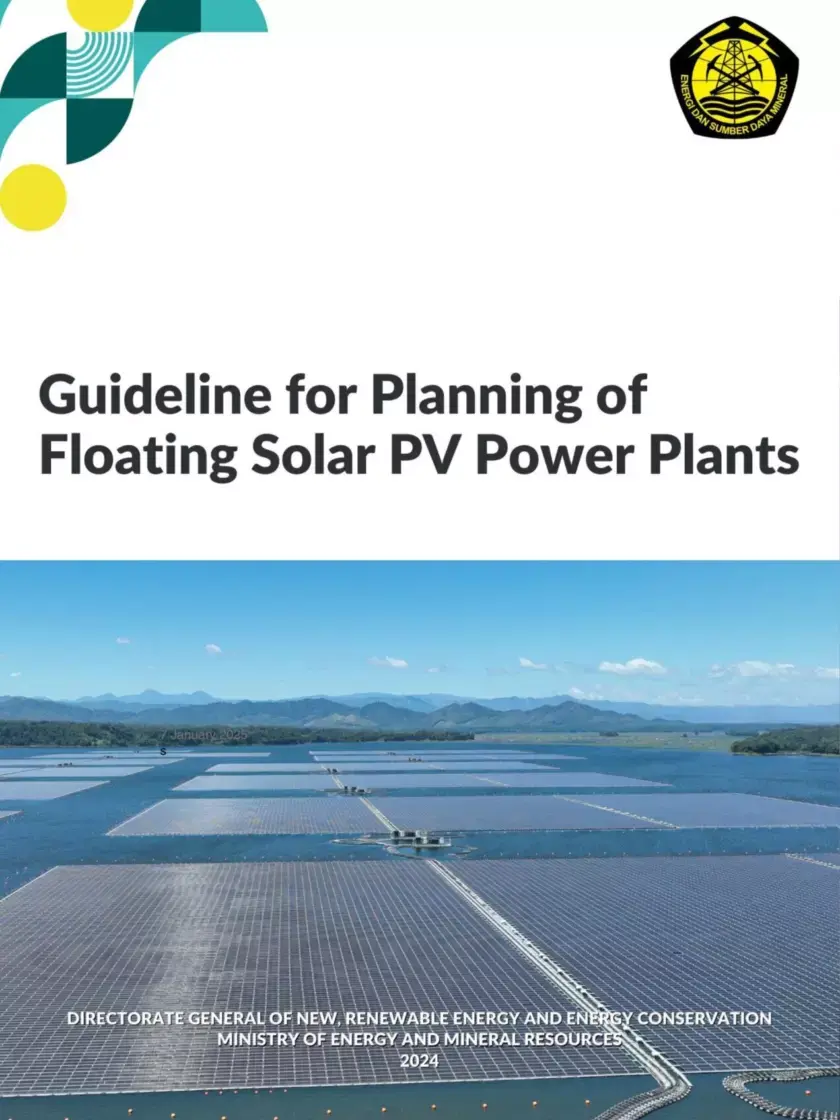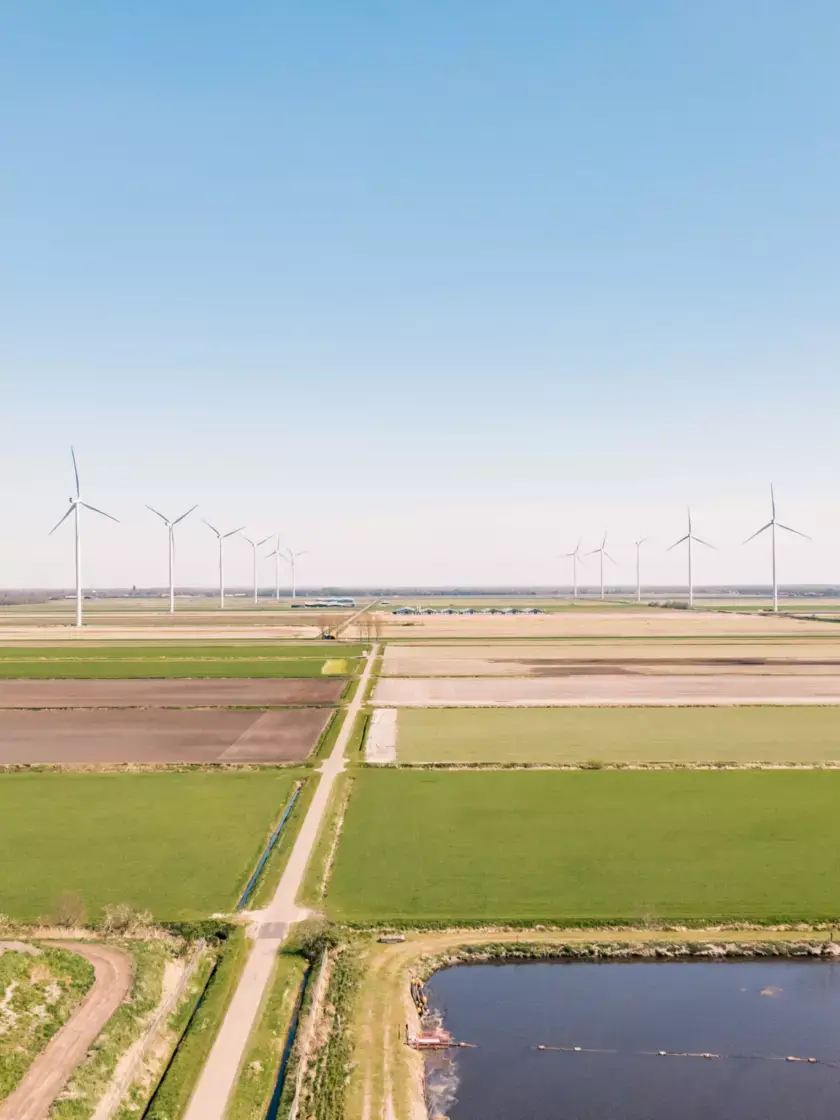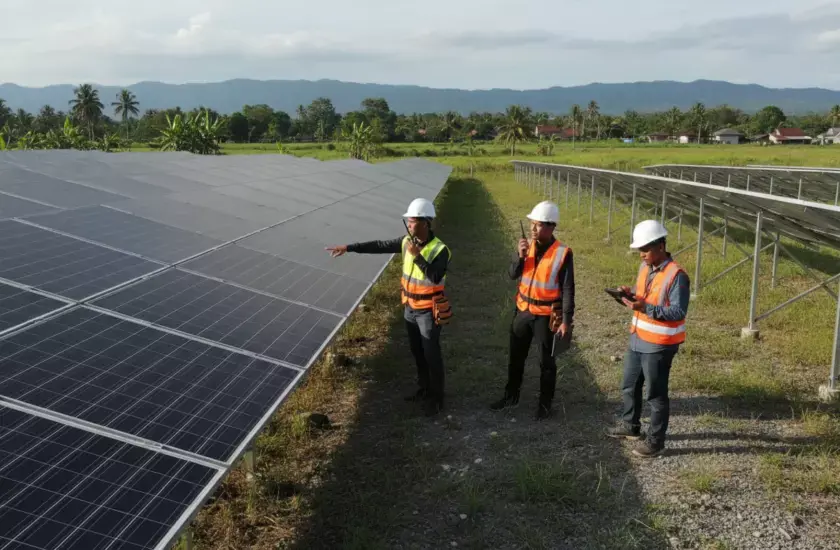Als consultants op het gebied van duurzame energie zetten we onze kennis en expertise in om bij te dragen aan diverse energietransitieprojecten die zorgen voor een betere toekomst.
Opwek
Transport
Opslag
Conversie
Met innovatieve oplossingen verleggen we de grenzen op het gebied van duurzame energieopwekking, transport, conversie en opslag.
Pioniers zijn het belangrijkste element voor verandering.
Daarom is iedereen binnen ons snelgroeiende en multidisciplinaire team een pionier op zijn eigen manier. Samen zoeken we naar nieuwe grenzen in duurzame energie-opwek, -transport, -conversie en -opslag en anticiperen op toekomstige energiebehoeften en -veranderingen.

Projecten
Bekijk allesSamenwerking is de sleutel tot het succes van de energietransitie. We zijn trots om samen te werken met onder meer:
Nieuws
Bekijk allesWat we doen
We bieden een breed scala aan diensten die onze opdrachtgevers helpen bij het realiseren van duurzame energieprojecten. De complexe uitdagingen van de energietransitie vragen vaak om maatwerkoplossingen die we met trots leveren.
Haalbaarheidsstudies
- Technisch, ruimtelijk en financieel haalbaarheid van projecten
Milieueffectrapportage & vergunningen
- Milieueffectrapportage (MER)
- Plan-MER
- Vergunningaanvragen en principeverzoeken
- Juridisch advies (bestuursrecht)
Omgevingsmanagement
- Participatie plan (financieel en proces)
- Projectcommunicatie
- Stakeholdermanagement
Financieel en subsidie advies
- Business case modellering
- Projectfinanciering
- Subsidieaanvragen (o.a. SDE++)
- Financieel management
- Due diligence (aan- en verkoop)
Contractering & engineering
- Engineering
- Contractering
- Owner’s engineering
- Bouwbegeleiding en site management
Projectmanagement
- Projectmanagement
- Tendermanagement
Data-analyse & modellering
- Met ocean
- Wind resource assessment (LiDAR, LES modelling)
- AERIUS-berekeningen
- Site conditions assessment (Externe veiligheid, geluidsonderzoek, slagschaduw analyse)
- Risicoanalyse (QRA) voor energieopslag projecten
- Battery revenue assessment
- Energiesysteem modellering
- Opbrengstberekening zonne-energie
(Internationaal) energiebeleid
- Beleidsadvies en -ondersteuning
- Roadmap development
- Training programma's
- Internationale marktverkenningen


Geïnteresseerd om over jouw project te praten?

